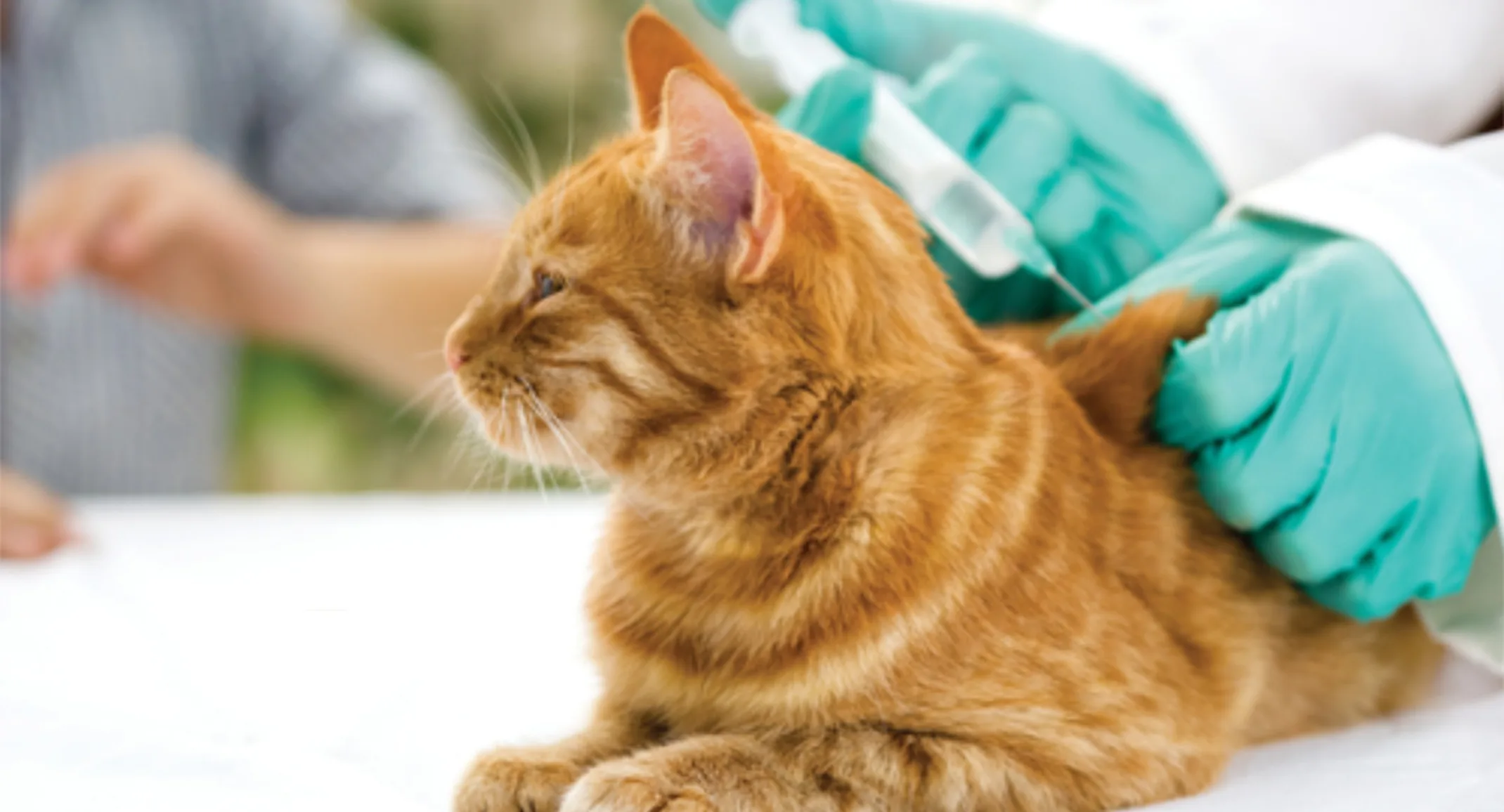Understanding the Importance of Wellness Exams
For Pet Owners

Understanding the Importance of Wellness Exams
A wellness exam is more than just a routine check-up—it’s a comprehensive health assessment that helps detect potential problems early and prevent future issues. Pets age much faster than humans, and subtle health changes can go unnoticed at home. Veterinarians are trained to identify early signs of disease that pet owners might miss, ensuring pets stay healthy and comfortable for as long as possible.
At Palm City Animal Medical Center, we recommend regular wellness exams to monitor your pet’s well-being and address concerns before they become serious. Learn more about our veterinary services.
What Veterinarians Look for During a Wellness Exam
During a wellness exam, your veterinarian will perform a nose-to-tail evaluation, including:
Weight and Body Condition – Sudden weight loss or gain may indicate metabolic disorders, diabetes, or other health concerns.
Skin and Coat Health – Dry skin, excessive shedding, or lumps may suggest allergies, parasites, or underlying illnesses.
Dental and Oral Health – Gum disease, tooth decay, and oral infections can lead to systemic health problems.
Heart and Lung Function – Listening to heart sounds and breathing patterns helps detect early signs of heart disease or respiratory conditions.
Joint Mobility and Muscle Tone – Difficulty moving may be an early sign of arthritis, hip dysplasia, or degenerative joint disease.
Eyes and Ears – Checking for infections, cataracts, or vision/hearing loss ensures early intervention for age-related changes or chronic conditions.
Abdominal Palpation – Feeling for abnormalities in the liver, kidneys, intestines, or bladder helps detect organ dysfunction or tumors.
Veterinarians are skilled in noticing subtle changes that pet owners might overlook, particularly because pet parents see their animals every day and may not recognize gradual shifts in health.
Early Disease Detection and Prevention
Many health conditions develop slowly, showing little to no symptoms until they become severe. Regular wellness exams allow veterinarians to catch diseases early, improving treatment options and overall prognosis.
Diseases Commonly Caught in Wellness Exams
Diabetes – Increased thirst, frequent urination, and weight loss may signal diabetes, which can be managed with diet and medication.
Kidney Disease – Particularly in older pets, kidney disease can be detected early through bloodwork and urine tests. Learn more about Chronic Kidney Disease in Cats.
Thyroid Disorders – Hyperthyroidism in cats and hypothyroidism in dogs can cause weight changes, lethargy, and behavior shifts. Read AAHA’s Feline Hyperthyroidism Guidelines.
Heart Disease – Early detection through cardiac exams and diagnostic imaging can help prevent life-threatening conditions.
Cancer – Regular exams help veterinarians identify lumps, abnormal tissue growth, or internal tumors before they spread. Read more about Types of Cancer in Pets
.
Preventative Care: Vaccines, Parasite Control, and Nutrition
Vaccinations: Protecting Against Serious Diseases
Vaccinations protect pets from life-threatening contagious diseases.
Dogs: Core vaccines include rabies, distemper, parvovirus, and adenovirus.
Cats: Core vaccines include rabies, feline distemper, calicivirus, and herpesvirus.
Non-core vaccines, such as Bordetella for dogs or feline leukemia for outdoor cats, are given based on lifestyle risks. Keeping up with vaccination schedules helps prevent illness and reduces the risk of disease outbreaks.
Parasite Prevention: Fleas, Ticks, and Heartworms
Parasites can cause serious health issues for pets, including:
Heartworm Disease – Transmitted by mosquitoes and fatal if untreated.
Tick-Borne Illnesses – Lyme disease and Ehrlichiosis can lead to fever, joint pain, and lethargy.
Intestinal Parasites – Roundworms and hookworms interfere with digestion and nutrient absorption.
Using year-round parasite prevention is the most effective way to protect pets from these conditions.
Nutritional and Weight Management
Obesity is a leading cause of preventable disease in pets, contributing to:
Diabetes
Arthritis and joint pain
Heart disease
During a wellness exam, your vet will evaluate your pet’s diet and body condition score (BCS) to ensure they maintain a healthy weight and proper nutrition.
How Often Should Your Pet Have a Wellness Exam?
Puppies & Kittens
Every 3-4 weeks until 16 weeks old. These visits ensure proper vaccination, deworming, and developmental monitoring.
Adult Pets (1-7 years old)
Annually for a full physical exam, lab tests, and vaccinations.
Senior Pets (7+ years old)
Every 6 months, as older pets are more prone to organ dysfunction, arthritis, and cognitive decline.
Pets with chronic illnesses may require even more frequent check-ups for monitoring and treatment adjustments. Read about the importance of routine exams.
Supporting Your Pet’s Health Between Vet Visits
At-Home Health Monitoring
Observe appetite, energy levels, and bathroom habits for changes.
Perform routine grooming to check for lumps, parasites, or skin infections.
Brush your pet’s teeth or use dental treats to prevent gum disease.
Provide exercise and enrichment to support joint health and mental stimulation.
Why Choose Palm City Animal Medical Center?
At Palm City Animal Medical Center, we provide high-quality veterinary care to ensure pets stay healthy throughout their lives. Our dedicated team is trained to detect early signs of disease, allowing for personalized treatment plans tailored to your pet’s specific needs.
We offer:
Comprehensive Exams & Preventative Care – Identifying issues before they become serious.
Advanced Diagnostics – Including bloodwork, imaging, and parasite screenings.
A Compassionate, Experienced Team – Focused on educating pet owners and ensuring stress-free visits. Meet Our Team and see why pet owners trust us for their veterinary care.
Schedule Your Pet’s Wellness Exam Today
Routine wellness exams are essential for preventing disease, catching issues early, and ensuring your pet has the best quality of life possible. By prioritizing preventative care, you’re giving your pet the best chance at a long, healthy, and active life.
